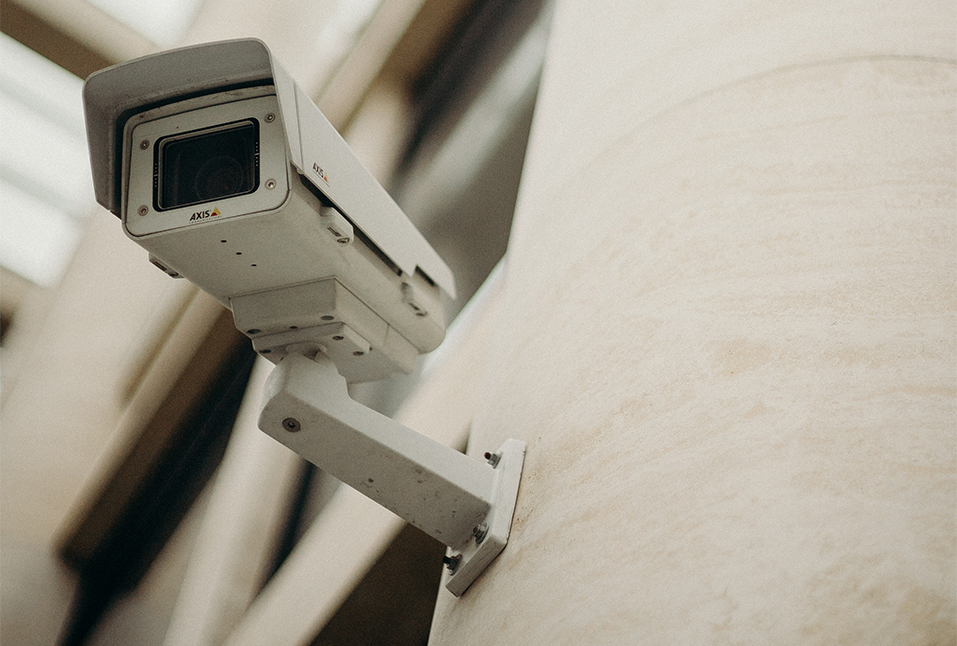Is your team fielding far too many false alarms? If so, you know exactly what a drain these can be on your central station or security operations center. Not only do false alarms waste precious staff time and resources, they also take your attention away from real threats and prevent you from mobilizing resources to deal with those quickly and effectively.
Managing false alarms is a daunting challenge, but it is not impossible. In fact, false alarms can often be managed effectively if you follow a few simple best practices. Read ahead to learn everything you need to know about reducing and preventing false alarms.
How to Reduce False Alarms

The good news is that you can do a lot to dramatically decrease the number of false alarms you deal with on a regular basis. To reduce false alarms, we recommend the following strategies:
- Understand the root causes of false alarms. To prevent false alarms, it’s important to truly understand what causes them. To begin with, we recommend reviewing your history of false alarms to determine what triggered a false alarm in each case. Keep in mind that false alarms can be caused by a variety of factors, including equipment malfunctions, user errors, and environmental conditions. For example, lightning, thunder, and strong winds can trigger false alarms, as can moving objects like animals, swaying branches, or vehicles. Fluctuations in the power supply, including power outages and surges, can also cause false alarms–as can something as simple as a low battery. Last but not least, simple human error is also a frequent cause of false alarms.
- Tackle false alarms at the physical level. Because so many of the causes of false alarms are physical, it makes sense to encourage customers to conduct regular equipment inspections and perform basic maintenance. For example, they can regularly check that doors and windows are well-fitted and there are no loose alarm contacts, misaligned sensors, or malfunctioning equipment. Batteries should also be replaced on a regular schedule, and reliable backup battery power should be made available in case of emergency.
- Reduce false alarms with the right technology. Advances in alarm system technology can help you dramatically reduce false alarms. Tools that help verify an alarm’s authenticity, for instance, are an excellent line of defense. These include things like video verification, which can provide visual confirmation that a threat is genuine. Additionally, multiple sensors working together can help you combine data from motion patterns, heat signatures, audio inputs, and video to determine whether a threat is real.
- Recruit AI to hone in on real threats. Tools like AI-enhanced video can be used to analyze and correctly separate real threats from harmless on-screen motions like vehicles or animals moving through a frame. AI tools like facial recognition technology can also help minimize false alarms by identifying who does and does not belong in a certain area, based on your predefined watchlists. Finally, AI can help you analyze the normal range of human behavior on-premises and alert you to any deviations.
- Minimize false alarms at the human level. Because human error is a common cause of false alarms, it’s worthwhile to invest in training your security team and end-users on how to correctly use, manage, and, in case of accidental activation, disarm relevant security systems. Ongoing staff training and education can go a long way in minimizing false alarms.
- Use the right software to help stop false alarms. The more data you can access about what’s happening on the ground, the less likely you are to waste time and resources responding to a false alarm. That’s where good software comes in. An effective alarm monitoring software will be able to bring together multiple data points–including video feeds, motion sensors, access control systems, and more–to give you a full picture of your security situation on the ground and in real-time. This level of system integration lets you monitor multiple inputs at once, making it simpler to verify whether an alarm is real or not. Your software solution should also make it easy to integrate multiple sensors and systems and monitor them from a single dashboard.
The pain of false alarms

As a central station operator or SOC manager, you know the pain of a false alarm all too well. The problems that these false alarms consistently pose for security professionals include:
- Resource Drain & Operational Inefficiencies: False alarms demand the attention of your security personnel, which diverts their focus from genuine threats and consumes time, resources, and energy. A high volume of false alarms is also often the culprit behind operational inefficiencies.
- Loss of Credibility: Frequent false alarms can erode trust in your security operations, causing skepticism among clients, staff, and stakeholders. Just think of the most common false alarm we all know–the ubiquitous car alarm. How often do we hear one going off in the street and just shrug it away, or groan in annoyance? That’s what a loss of credibility sounds like.
- Regulatory Compliance Issues: Non-compliance with regulations related to false alarms can result in fines and legal complications. This not only batters your budget, but adds unnecessary administrative work to your to-do list, when your time could be spent on other things.
- Staff Stress, Burnout, and Complacency: Constantly responding to false alarms can take a toll on the mental well-being of security personnel, leading to stress and burnout. Not only that, but frequent false alarms can make your security team less vigilant and therefore slower to act on potential threats. If they’re always jumping into action when a false alarm sounds, they may learn to be a bit slower on their feet when a true emergency calls.
Bold Group Can Help You With False Alarms

By using the right tools to carefully address each of these factors, you can minimize the false alarms you and your staff must deal with. In doing so, you empower your team to be more proactive, efficient, and reliable when it comes to providing top-notch security. And that’s a win-win for everyone involved.
Reducing false alarms in a monitoring center or security operations center is crucial, as most false alarms, caused by factors such as user error, improper installation, loose doors, or motion sensor glitches, can lead to unnecessary alarm calls and phone calls, diverting resources from real emergencies.
Regular maintenance of the security system by the security company and educating users on the most common causes of security system false alarms can significantly decrease the burden on emergency responders and improve the efficiency of the alarm industry.
If you are looking for an excellent alarm monitoring solution to help you cut down on false alarms, we encourage you to give Bold Group’s Manitou software a try. Manitou is a trusted security solution that provides you with a centralized hub for all of your alarm monitoring needs. Contact us today to see how Manitou can help your organization provide smarter, more streamlined security.
